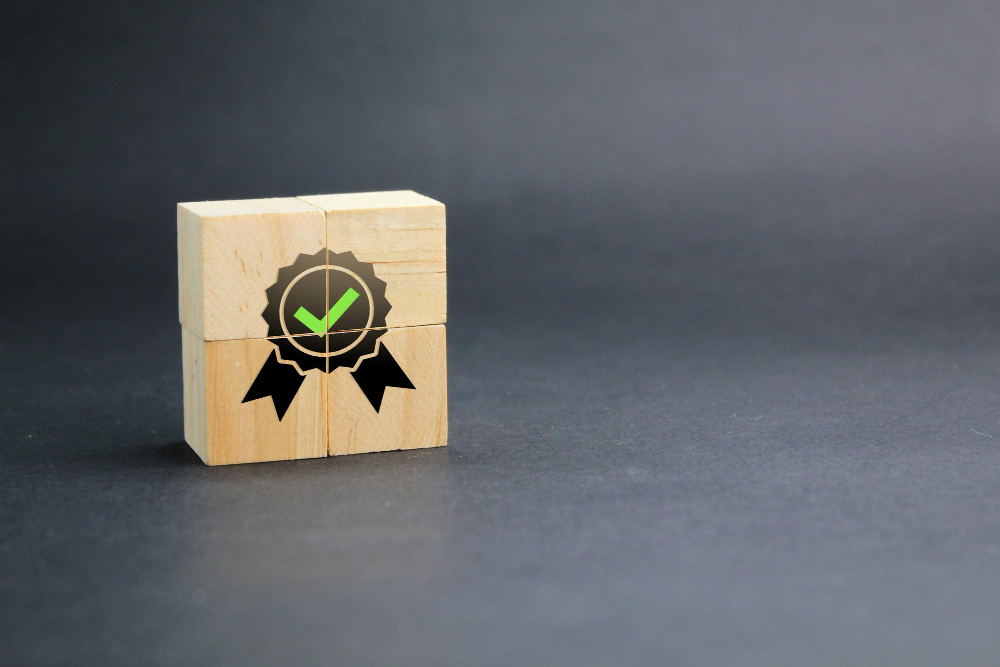As sustainability continues to be a priority across industries, contractors may feel that adopting eco-friendly practices is a costly investment. But the truth is, making the switch to more sustainable practices doesn’t have to break the bank. In fact, there are plenty of affordable ways to integrate sustainability into your operations that can actually save you money in the long run. From reducing waste to making smarter material choices, you can make your business more sustainable without spending a fortune.
In this blog, we’ll explore how contractors can go green with cost-effective practices and still see a return on investment, all while contributing to a healthier planet.
Debunking the Myth: Going Green on a Budget
There’s a common misconception that adopting sustainable practices comes with high upfront costs. While some green technologies or certifications may require investment, many cost-saving, eco-friendly practices are affordable and can result in immediate savings.
Sustainability doesn’t always mean spending more—it’s about smarter decision-making and making small, impactful changes that build up over time. By incorporating sustainable practices into your business, you’ll be reducing waste, lowering operational costs, and increasing your company’s long-term profitability.
Affordable Ways to Go Green
Energy-Efficient Equipment
Energy-efficient tools and equipment are often perceived as an expensive upgrade, but they can actually lead to savings in both energy bills and replacement costs over time. From power-saving drills to LED lighting and energy-efficient heating systems, switching to eco-friendly equipment can reduce the amount of electricity your business consumes, ultimately lowering your utility costs.
Consider investing in high-quality, energy-efficient tools that are built to last. You’ll not only save money on your energy bills but also reduce the frequency of repairs and replacements, which can add up quickly.
Waste Reduction
Reducing waste is one of the most effective ways to make your construction business more sustainable without spending a fortune. Here are a few practical waste-reduction strategies:
- Material Management: Instead of over-ordering materials, use precise measurements and take stock of leftover materials. Many construction materials can be repurposed or reused on future jobs, which cuts down on material costs and waste disposal fees.
- Recycling: Set up recycling stations on your job sites for metals, plastics, and other recyclable materials. Many recycling centers will pay for scrap materials, offering you a small income stream while helping the environment.
- Efficient Use of Resources: Optimize your resource management by planning ahead, keeping track of supplies, and ensuring materials are used efficiently to avoid unnecessary waste.
By adopting these waste reduction practices, you’ll reduce costs associated with disposal, storage, and purchasing excess materials, all while being more eco-conscious.
Smart Scheduling and Resource Management
Efficient scheduling and resource management can make a huge difference when it comes to reducing waste and improving profitability. Using digital project management tools can help you better track resources, timelines, and labor costs in real-time, allowing you to make adjustments as needed and keep projects on budget.
Properly scheduled work can eliminate downtime, improve labor productivity, and ensure materials arrive just when you need them, reducing storage costs and the chance of overstocking.
A good scheduling tool will allow you to monitor your projects’ progress and adjust in real-time to prevent waste and inefficiency. Plus, these tools often integrate with mobile devices, meaning you’ll have access to important information while on the job site, ensuring that resources are utilized to their full potential.

Green Certifications and Their Benefits
You may think that green certifications like LEED (Leadership in Energy and Environmental Design) or Green Business Certification come with hefty fees, but they can actually pay off in a big way. Certifications show your commitment to sustainability and can differentiate your business from competitors, attracting eco-conscious clients and higher-paying projects.
While there is an investment in time and money when it comes to getting certified, the benefits are significant:
- Incentives and Rebates: Many governments offer rebates, tax credits, or other incentives for businesses that meet green building standards. These incentives can help offset the costs of achieving certification and make green practices more affordable.
- Long-Term Value: Certified green buildings are often worth more in the real estate market and can command higher rents or sales prices. If you’re working on commercial or residential projects, having green certifications can increase the value of your work and give you a competitive edge.
- Attract Eco-Conscious Clients: More clients today are looking for contractors who align with their sustainability values. By obtaining certifications, you’ll appeal to a growing segment of environmentally-conscious clients, boosting your reputation and attracting repeat business.
Sustainable Materials and Local Sourcing
When it comes to materials, going green doesn’t necessarily mean spending more. There are plenty of sustainable materials that are affordable and can be easily integrated into your projects.
- Sustainable Materials: Look for materials like recycled wood, reclaimed stone, or low-impact insulation that are both eco-friendly and budget-conscious. Many of these materials can be sourced locally, reducing transportation costs and further decreasing your carbon footprint.
- Local Sourcing: Purchasing materials from local suppliers not only reduces transportation costs but also supports local businesses and reduces the environmental impact of long-distance shipping. When materials are sourced locally, you can cut costs, reduce your carbon footprint, and even discover innovative, region-specific green options.
By opting for sustainable materials and local suppliers, you can make your projects more eco-friendly without significantly raising costs.
Save Money, Boost Profits
Adopting sustainable practices doesn’t have to be an expensive undertaking. In fact, when done strategically, it can help reduce overhead, improve operational efficiency, and increase profits. Sustainability is all about making smarter choices—whether that’s switching to energy-efficient equipment, reducing waste, or adopting green certifications that help you attract high-value clients.
By taking small steps today, you’ll not only contribute to the environment but also position your business for long-term success. The investment in sustainable practices will pay off in the form of lower operational costs, improved reputation, and increased business opportunities.
Conclusion
Going green doesn’t have to be a costly venture. By integrating sustainable practices into your business in small, affordable ways—such as reducing waste, using energy-efficient equipment, and sourcing sustainable materials—you can make a big difference without spending a fortune.
Sustainability is not only good for the planet but also for your business. By adopting these strategies, you’ll set yourself apart in the marketplace, attract more clients, and boost your bottom line.
Start making your business more sustainable today with these easy, cost-effective steps. You don’t have to break the bank to be green—you just have to be smart.



